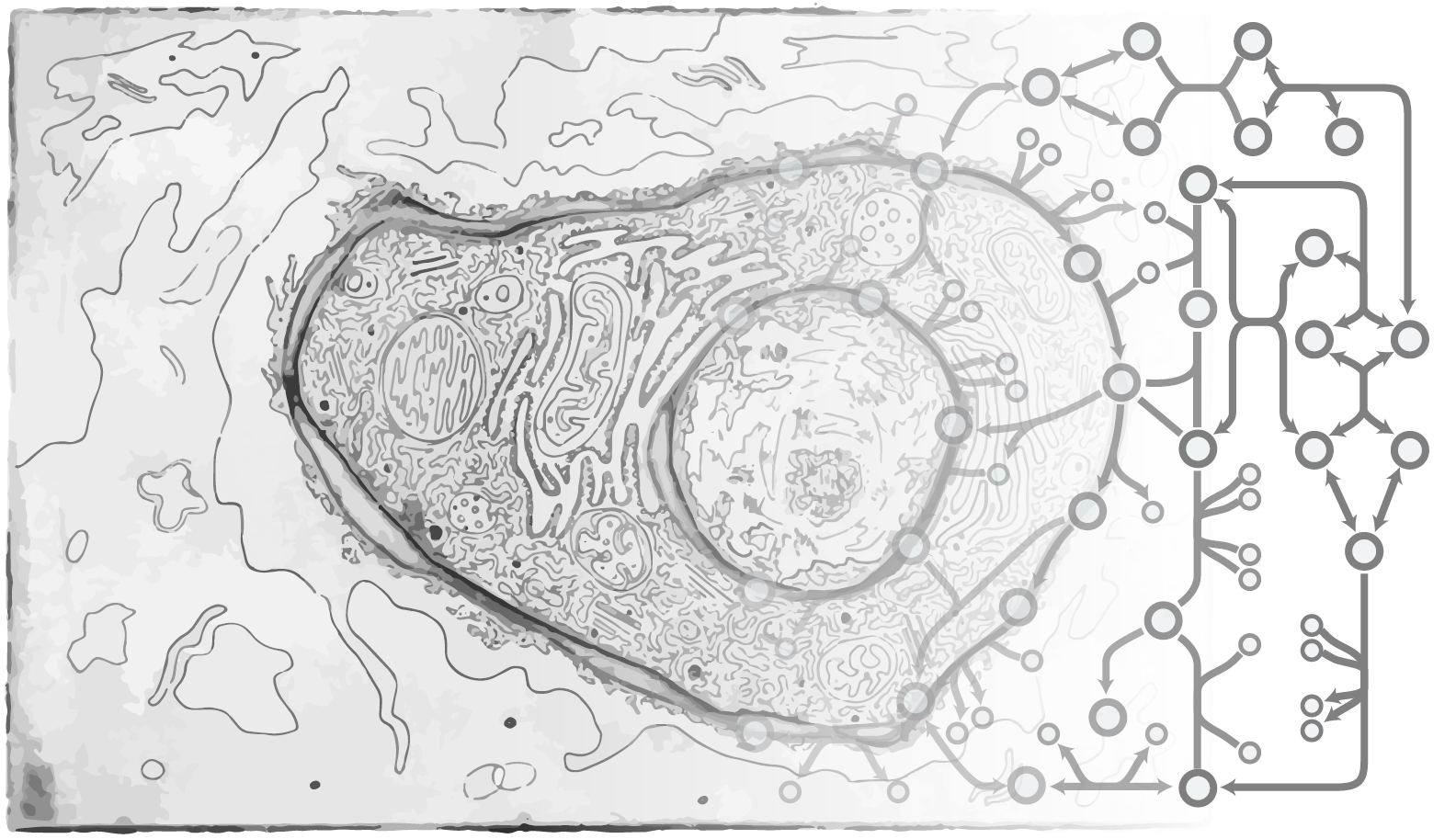Authorship
A single paper can represent sometimes years of work, and usually requires the concerted efforts of several people. A good collaboration requires that all parties be dedicated to the work and ample discussion.
Authorship is one of the touchiest points for a research project. It isn’t uncommon for several people to feel that they deserve to be authors. Often even two or more people feel they desire to be the first author. Usually it is pretty clear who should be listed first, but co-first authorship is frequently used when people provided “equal contribution”. However, authorship can be more difficult to delineate when multiple labs are involved in a project. Here are a few guiding principles to make the process of authorship determination as smooth as possible.
- Usually the author listed first will be the one who came up with the idea and lead the effort. Usually they did the bulk of the work. They are also often the one who wrote most of the paper, will manage most of the revisions after the manuscript has been submitted, and answer detailed questions for sometimes years to come.
- It isn’t uncommon for someone to feel they should be co-first authors. Co-first is usually listed as “equal contribution” (not “equal time spent” or “equal interest in the project” or “equal effort in the last few months prior to submission”), and so keep that in mind. If you are in a collaboration and you want to ensure you get co-first, make sure that this possibility is discussed early on in the collaboration. Then make yourself indispensable. Make sure to approach the project proactively. Talk regularly with the obvious first author, and brainstorm with them. Make sure you reply quickly to them. Make sure that your mark on the paper is obvious (e.g., that several of the figures are yours, that you wrote much of the text, that several of the results were your discoveries). If you want co-first, first make sure it is an option, and then go forward making sure it happens. I have seen several computational people dropped from co-first just because they were slow to answer questions, they didn’t make sure to regularly talk with their collaborator, they were sloppy with their work, they didn’t make it clear how much work they really were doing, or they did a bunch of work that ended up being irrelevant to the main points of the study (usually stemming from not talking enough with the lead of the study). Also, many wet-lab researchers don’t realize how much work it takes to analyze data… they think computational people just push a button. Thus regular discussions should be had.
- Be generous with authorship. While first authorship is a conserved quantity, authorship in general is not. That is, adding a couple more names of people who sincerely contributed (or strategically involving others and adding them as authors) will not diminish your contribution at all. In fact, it will foster good will, open up opportunities, and often come back to you when they involve you in their studies and add you to their papers. Leaving people off, on the other hand can have the opposite effect. I’ve provided figures, tables, text, or analysis to a study, sometimes representing a few months of work, and then not been added as an author. While not angry, I realized those people had a different view of authorship and that I didn’t have time to work for free to help them in the future, and so I didn’t work with them anymore. Don’t add people who didn’t help, but be generous.
Presenting collaborative work at conferences
Many projects you will work on will include data, analysis, and ideas from collaborators. Therefore it is imperative that any presentation of the work be approved of by the other authors.
Keeping collaborators happy
- Donuts
- Periodic updates: Get into the habit of giving collaborators periodic updates. When progress is slow, these updates shouldn’t be excuses why you’re not done.. rather a brief mention of a dilemma for a key step, posed as a challenge you have overcome, and then mentioning your small victory of how you solved that step… this can be provided as just a brief email or popping your head in their office. Getting into a habit of this will save you time, and usually strengthen your connection with the collaborator. It also allows collaborators know you’re making progress and not blowing them off. I also helps educate them on the intricacies of the work you’re doing and that it’s not just plug and play work. It also helps avoid wasted time if there was a misunderstanding about what you should be doing, and provides time for them to update you if there were any developments or changes.
